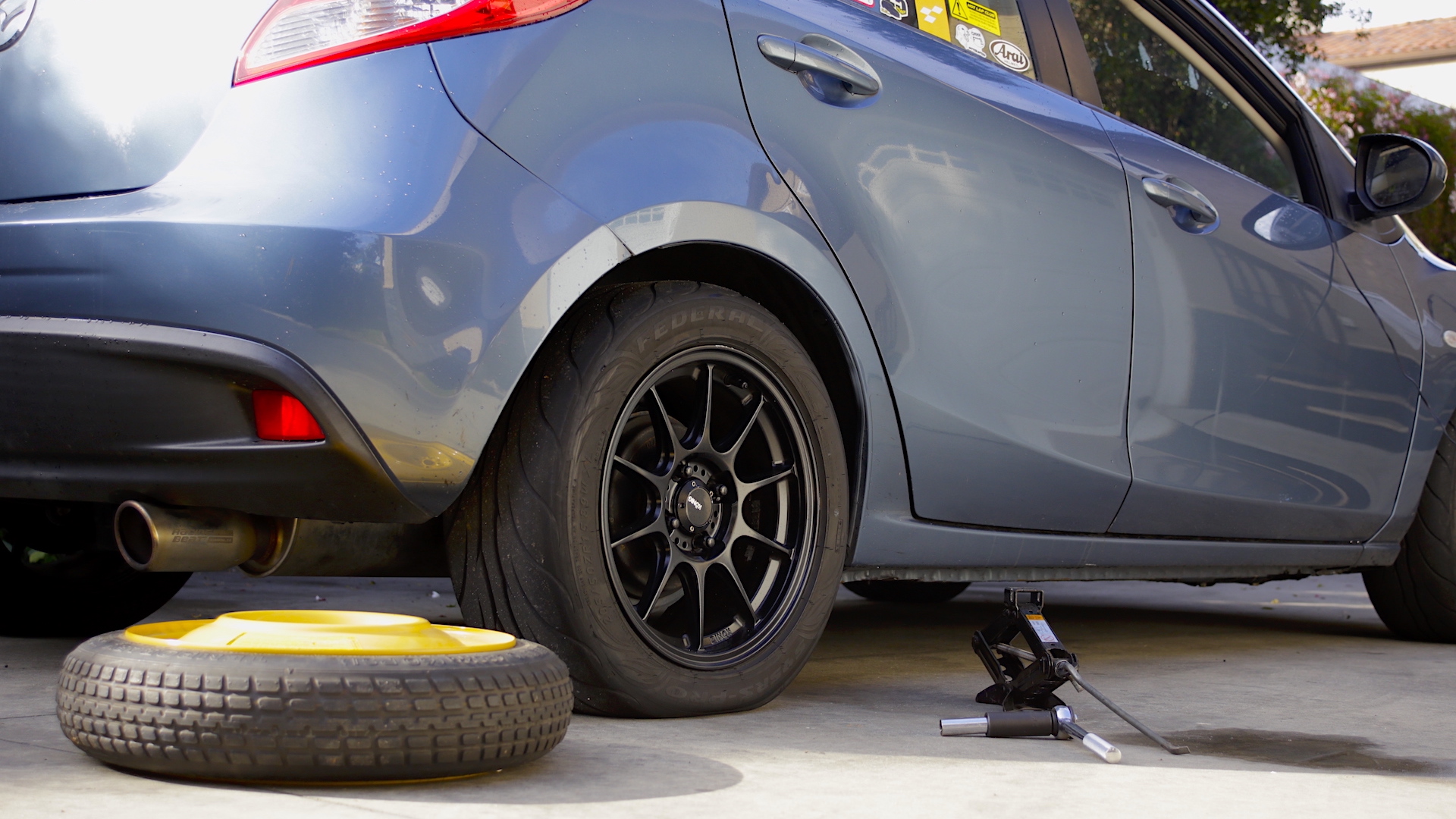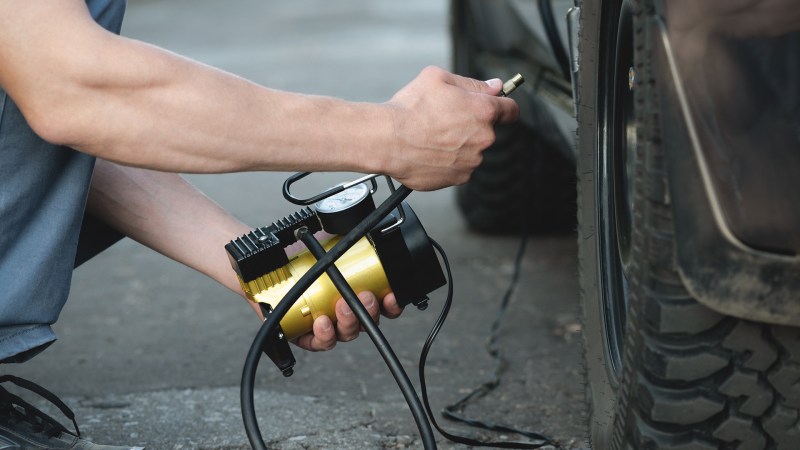

We may earn revenue from the products available on this page and participate in affiliate programs. Learn more ›
Tire pressure monitoring systems (TPMS) are relatively new additions to your car’s suite of sensors. At least if you’re old enough to remember when keeping an eye on tire pressures was boasted about in presidential elections.
In fact, TPMS has been mandated by the TREAD Act since 2007 (they were before, but not mandated), so all 2008+ model year cars have them equipped. The reason being is low tire pressures decrease fuel economy and make the tires prone to damage and failure. The latter two are major safety hazards.
There are two types of TPMS. One is sensor-based and enables some drivers to have a little more rapidly available data at their fingertips. The other is more passive, but still a nice extra bit of safety to have. Here’s how they work.

The Two Tire Pressure Sensor Systems
The two are direct TPMS and indirect TPMS. Direct includes a sensor that relays actual tire pressure values to the car’s computer via a module. When these are 25% or more below the manufacturer-recommended cold pressure, the TPMS warning light on the dashboard is triggered.
In some new cars, mainly of the performance-centric variety, drivers can often page over to a screen that tells them what their real-time tire pressures are. This is handy not just for quick reference, but to also keep tires in their performance sweet spot for track days and autocross.
Indirect TPMS is less involved. This type of system relies on the car’s ABS wheel speed sensors that are already in place. If a wheel is underinflated enough, it’ll roll at a different speed than the others. This tells the car’s computer that something’s up, and then turns on the TPMS warning light.
In either system’s case, the next step is to pull over to a safe area and inspect the tires, as well as check their pressures. They could be low for a myriad of reasons, but it’s never a bad idea to inflate them with a portable inflator, and then see if one or more deflates again.

The Upsides and Downsides of Tire Pressure Sensors
TPMS is a useful system that not only improves road safety but also saves some coin at the pump. Which, of course, means less overall carbon emissions. However, they do have their downsides.
Direct TPMS sensors send out a signal, therefore they need electricity to do their job. Batteries typically last five to ten years, and replacing them either means replacing the batteries themselves or the entire sensor. The parts cost is often a bit high, plus the labor of unmounting and remounting the tire, which ranges anywhere from $15-25 at any local tire shop, plus any additional labor for affixing the new sensors with their accompanying gaskets and such.
Though, an upside of indirect TPMS systems is there are no sensors in the wheels since the variable is only coming from the ABS speed sensor.
One downside to TPMS is some systems are moodier than others. A slight drop in temperature, such as a cold snap rolling through, could be enough to drop the tires’ PSI and turn on the warning light.
Another downside to TPMS sensors is, if you opt to not have them installed on a second set of wheels, you’ll always have a TPMS warning light on. Unless you do some custom ECU coding to get rid of it, which is possible on some brands’ cars.
Finally, pre-programmed to your car—such as OEM BMW sensors in a BMW’s wheels—generally work just fine and require no programming. Though, non-OEM options might require programming to function properly with your car.

Back to Basics: How to Prolong Tire Pressure Sensors’ Life
Two quick and easy things can be done to prolong your car’s TPMS sensors’ life, as well as not have them trigger a warning light: keep your tires properly inflated and check them regularly, and keep the valve caps on at all times. The former is easy to do with a cheap gauge and taking a gander at the sticker in the driver side door jamb, and the latter keeps schmutz out of the valve that slowly deteriorates it, requiring replacement of the valve plus its sensor.
More from The Drive
- Here’s how ABS works
- Let Robert Bacon show you how to buff your car
- Here’s how Hank O’Hop dealt with his manifold’s imperfections
- Here’s how to test a battery















